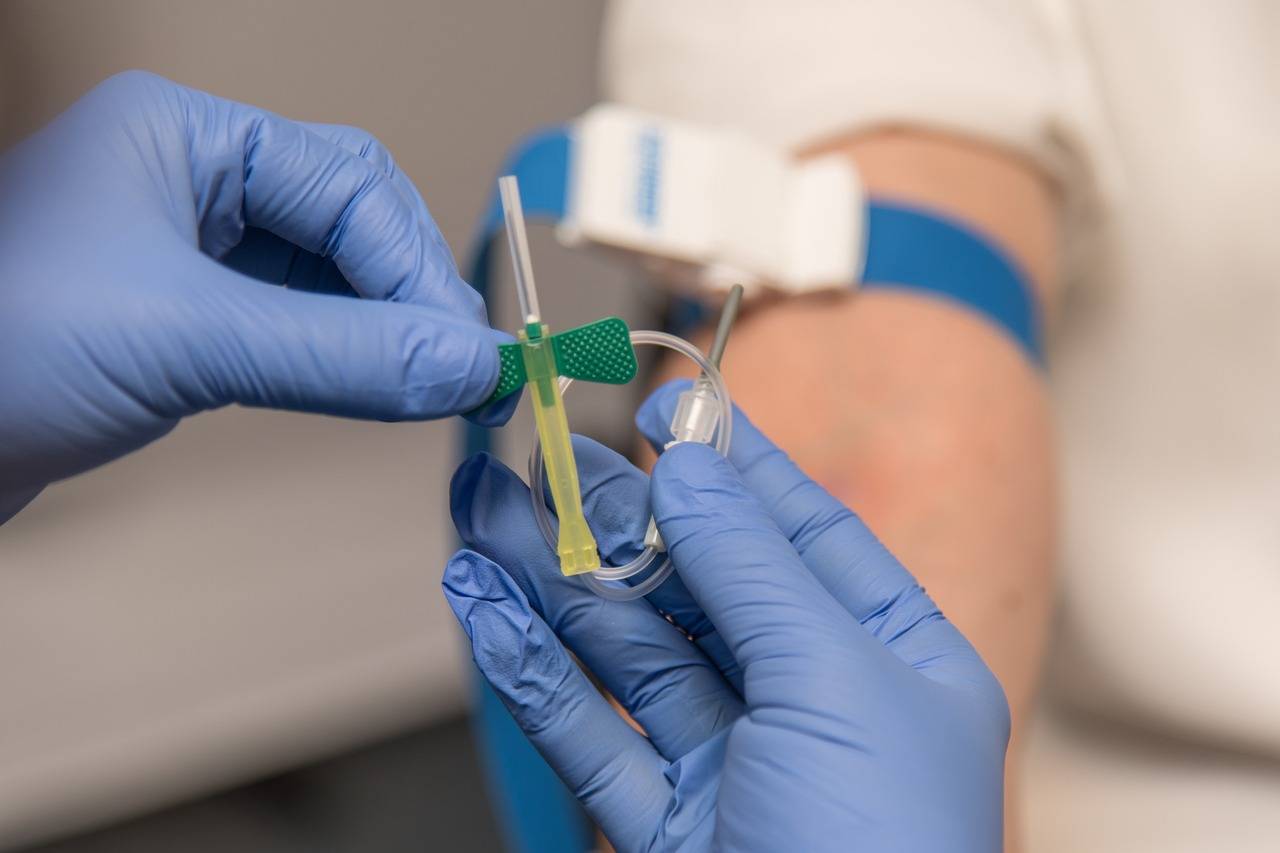The Role of Health Literacy in Patient Outcomes
Health literacy plays a crucial role in shaping the quality of patient care delivered within healthcare settings. Patients with higher levels of health literacy are better equipped to understand medical information, make informed decisions about their health, and effectively communicate with healthcare providers. On the contrary, individuals with limited health literacy may struggle to comprehend complex medical jargon, leading to misunderstandings, non-adherence to treatment plans, and ultimately, poorer health outcomes.
Moreover, healthcare professionals must tailor their communication strategies to match the health literacy levels of their patients. By utilizing plain language, visual aids, and interactive techniques during patient consultations, providers can bridge the gap created by health literacy disparities. This approach not only enhances patient understanding but also fosters a more collaborative and empowering healthcare experience for individuals across different literacy levels.
Barriers to Effective Health Communication
Effective health communication plays a crucial role in enhancing patient care outcomes. However, there are various barriers that hinder this process. One common barrier is language differences between healthcare providers and patients. When there is a language barrier, it can lead to misunderstandings, miscommunications, and ultimately impact the quality of care a patient receives.
Another barrier to effective health communication is low health literacy levels among patients. Health information is often complex and difficult to understand for individuals with low health literacy. This can result in confusion, non-adherence to treatment plans, and poorer health outcomes. Healthcare providers need to be aware of these barriers and implement strategies to overcome them in order to improve patient care.
What is health literacy and why is it important in patient care?
Health literacy refers to a person’s ability to obtain, process, and understand basic health information and services to make appropriate health decisions. It is important in patient care because individuals with low health literacy may struggle to understand medical instructions, leading to potential misunderstandings and poorer health outcomes.
What are some common barriers to effective health communication?
Some common barriers to effective health communication include language barriers, cultural differences, low health literacy, lack of trust in healthcare providers, and limited access to health information.
How can healthcare providers overcome barriers to effective health communication?
Healthcare providers can overcome barriers to effective health communication by using plain language when communicating with patients, providing educational materials in multiple languages, utilizing interpreters when necessary, building trust with patients, and actively listening to their concerns and needs.
How does poor health communication impact patient outcomes?
Poor health communication can lead to misunderstandings about medical conditions, treatments, and medications, which can result in medication errors, missed appointments, non-compliance with treatment plans, and ultimately poorer health outcomes for patients.
What role does the healthcare system play in addressing barriers to effective health communication?
The healthcare system can play a crucial role in addressing barriers to effective health communication by providing training for healthcare providers on cultural competency and communication skills, offering patient education materials in multiple languages, and ensuring that patients have access to interpreters and other resources to help them understand their healthcare.





